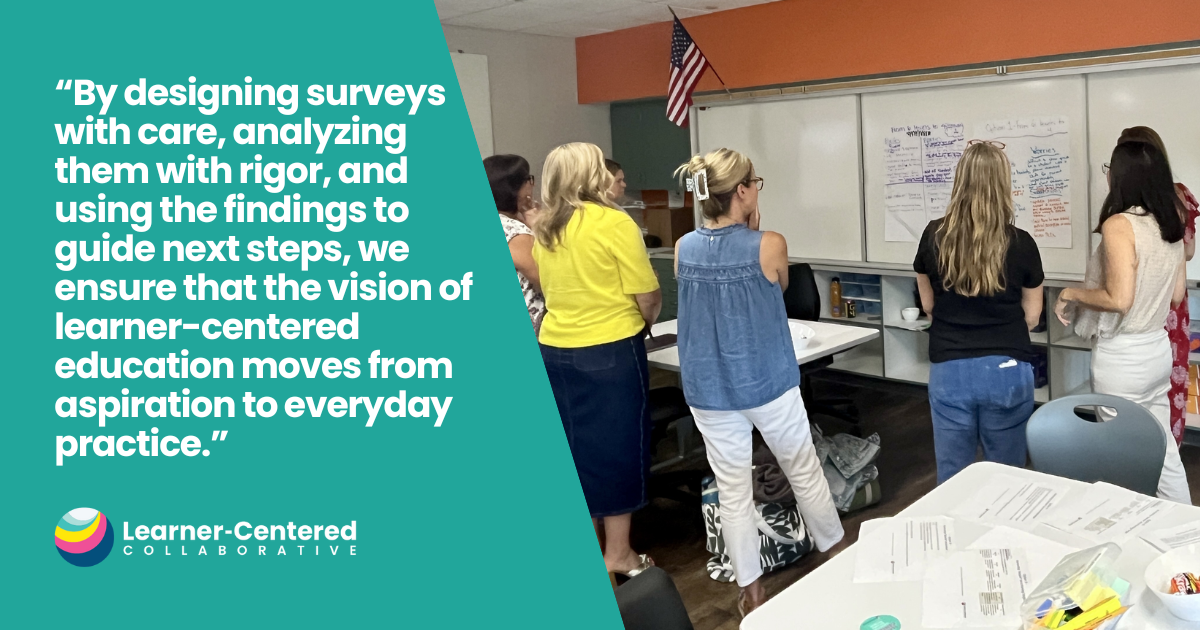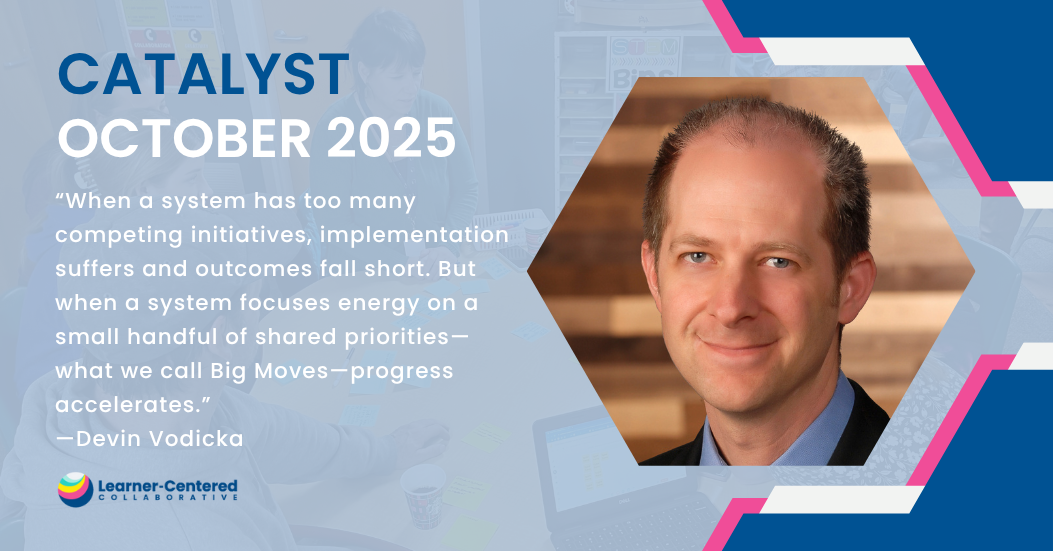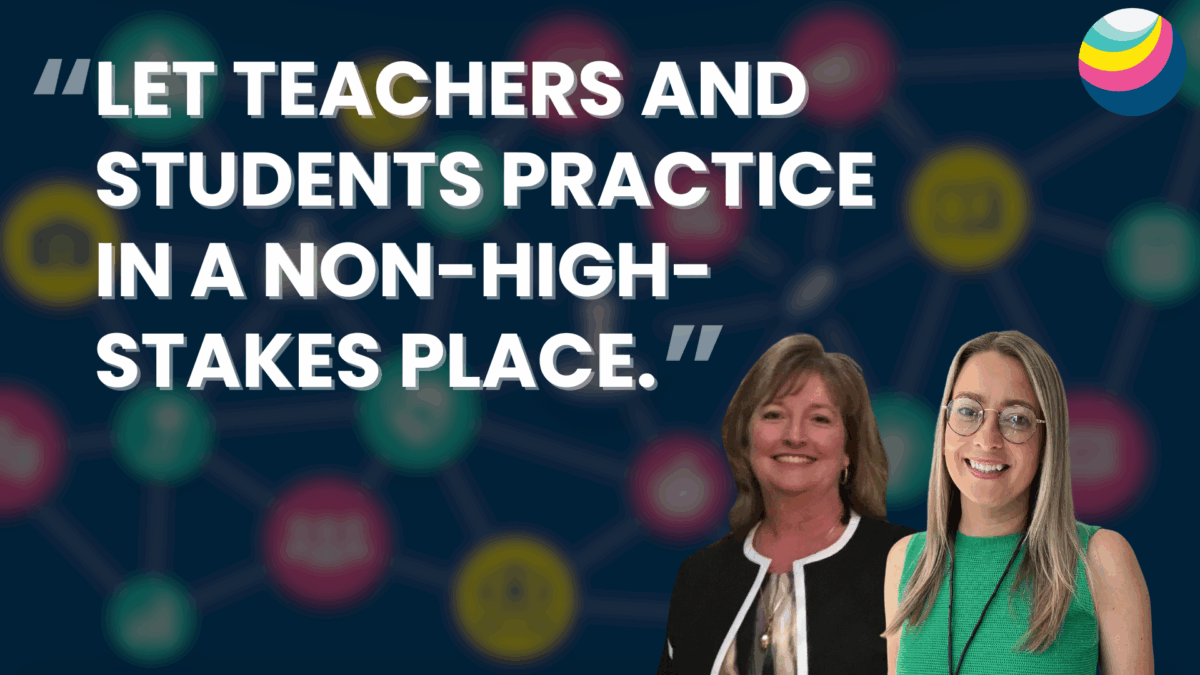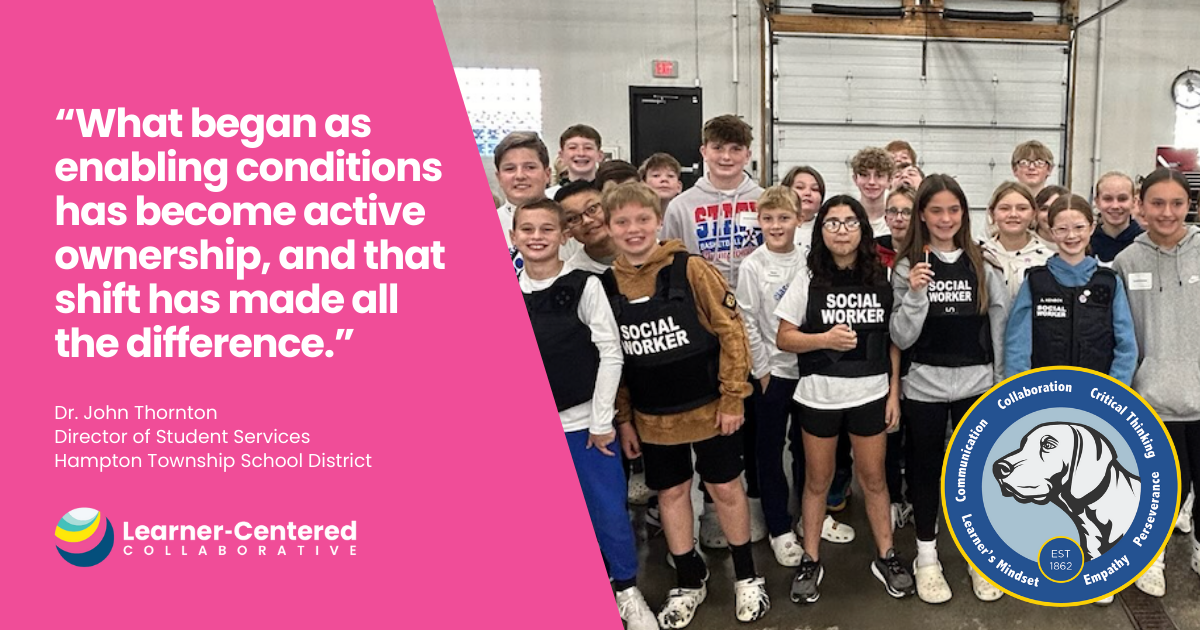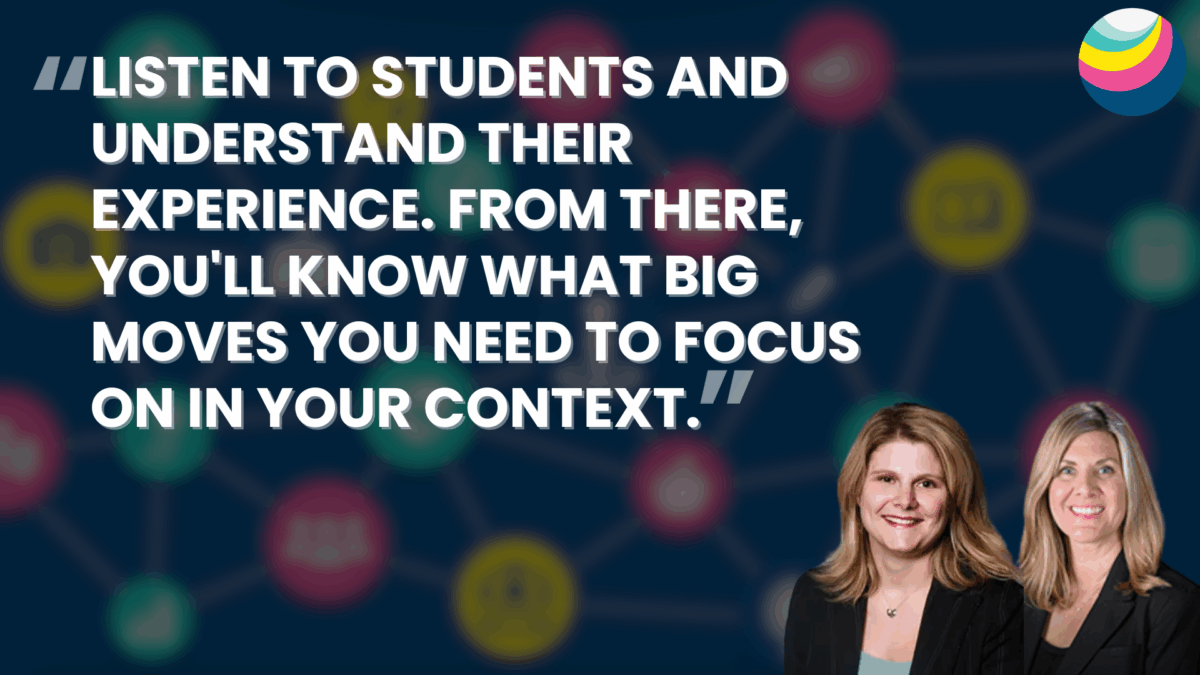So You Designed a Profile of a Graduate, Now What?
Co-Authors: Rebecca Midles, Vice President of Learning Design at Getting Smart, and Katie Martin, Chief Impact Officer at Learner-Centered Collaborative. Article originally published here.
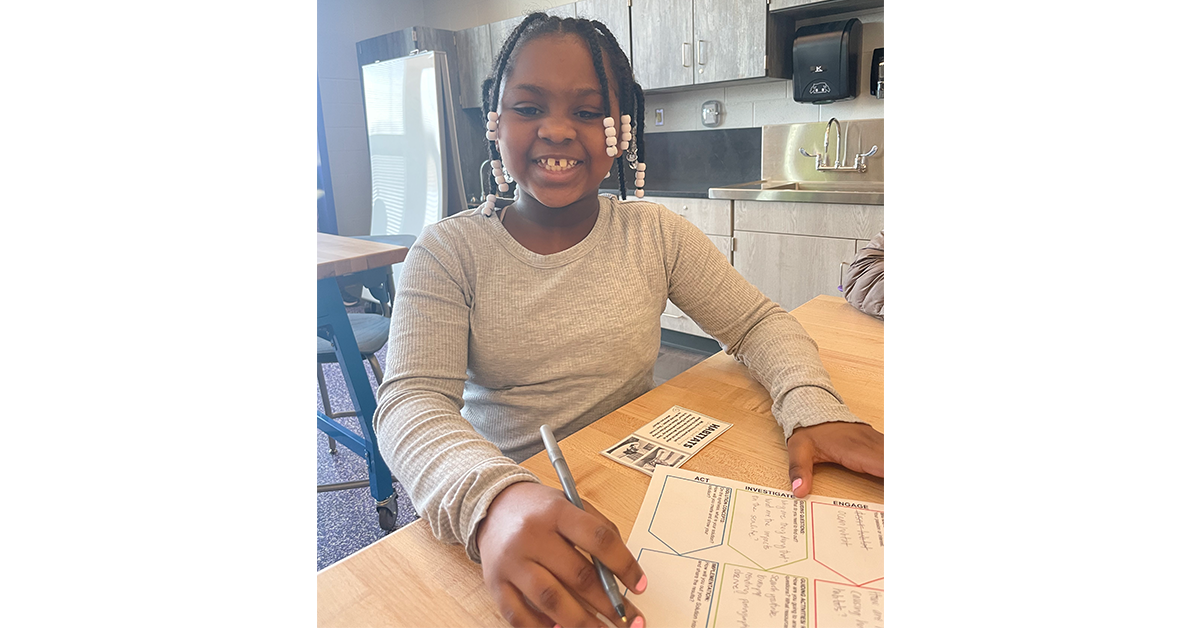
Your district, with community input and participation, has recently completed your Profile of a Graduate (sometimes also known as a Graduate Profile or Learner Profile), now what? The ‘now what’ question is essential. If this is not acted upon, then it will join other missed opportunities like mission statements that collect dust. The act of creating a shared vision for graduates serves as a starting point to define a learner-centered system. This is the North Star and sets the future aspiration for the work ahead.
The first step is to co-author a shared vision for graduates with your community stakeholders. From there, we recommend the following considerations as a way to make your vision a reality:
1. Review and share out the Profile of a Graduate (POG)
Review and share the POG with the community at large and share that you will be setting a course to achieve this goal.
- Share that you will update them on growth and next steps.
- Plan on stakeholder events as ways to share and gather information and feedback.
- Work with a communications team or department to make the POG accessible and on the website.
- Share in the ownership of this work and enlist a team approach with distributive leadership.
2. Manage the Change Process
- Driving from your collective commitment to understanding change, design intentional feedback loops and transparent pathways for stakeholders to learn, engage, and co-design.
- Be clear and transparent with leadership teams to lead with their values, and to actively use these values and outcomes to make decisions, and create the conditions in which they can succeed.
- Setting the culture for change and growth is essential. Lead with mindset and dispositions toward transformation and lay the groundwork for the path ahead. See toolkit for teachers.
3. Define success metrics that align with desired outcomes in your profile of a graduate
Review, revise, refine your data collection. Define an aligned assessment platform that supports growth and deeper learning. This will lead to cleaner data collection protocols.
- Create student, educator, and community surveys that gather input on experiences aligned with your POG.
- Create expectations for student learning exhibitions and demonstrations of learning to show their growth in the desired outcomes. This is true for all learners.
- Ensure that the report cards or other reporting mechanisms include metrics that align with your POG in addition to grades or standards reporting. This may require you to seek out other learning management tools to meet this need.
- Set goals and track leading measures such as student progress, school attendance, discipline referrals, and enrollment.
- Design aligned performance assessments that will help build an assessment model.
4. Use your POG as a north star to guide your strategic plan
- Design budgeting practices that make the POG a priority.
- After instructional needs have been determined, embed these into the Human Resources practices and eventually evaluation.
- Review current reporting practices. Consider connected practices, a presentation of learning, digital credentialing, extended transcripts, and portfolio assessments.
5. Design or revise your learning model
- Refine your teaching and learning model. After instructional needs have been determined, align these with professional learning, coaching, and evaluation.
- Codesign opportunities to help educators create experiences aligned with your learning model. This will be an iterative process as related needs are revealed when refining instructional practices.
- Review effective strategies in place, highlight them and support teachers to use them.
- Build off of strengths and strong instructional practices already in place.
- Review induction and evaluation to make space for educators to try new strategies and evolve their practices.
6. Create transparent look fors across learning levels
- Make the profile accessible and clear for grade levels or grade bands.
- Use co-designed look fors to highlight what is work and aspirations, not just checklist
- Reflective questions on process alongside look fors invite teachers to self-reflect and assess their strengths and their needs for professional learning.
- Empower students to self-assess and capture evidence of their learning, growth, and next steps.
7. Build a professional learning system that aligns with your desired outcomes
- Engage with teachers to design educator competencies that support the learning model that will help achieve the graduate profile.
- Create personalized learning pathways with and for teachers to understand where they are and learn based on their needs, context, and goals. Consider micro-credentialing teachers as they develop competency in desired areas.
- Consider hiring instructional coaches that are either trained or will be trained to coach, advise and support educators.
- Ensure professional learning time that is consistent and agile to respond to the needs of the system as it grows. This requires additional time that is embedded into the system for teachers to meet, share, collaborate and grow their practice.
- The system could invest in learning communities across their system for leaders, related providers, paraprofessionals, and other related staff members that serve student learning.
8. Demonstrate and highlight examples
- Set up opportunities for peers to observe one another. These classrooms can be referred to as demonstration classrooms or sites, that are simply demonstrating where they are in the journey to meeting a shared vision for graduates.
- Give careful consideration to framing observations and practices for professional growth. Not all observations provide examples where everything is aligned.
- Treasure systems and teachers who are open to sharing their practices, receiving feedback, and collaborating. This commitment is how networks are started.
9. Celebrate and share learning to scale at each step of the journey
Looking for support with creating, updating, or implementing your Profile of a Graduate? Connect with Learner-Centered Collaborative and Getting Smart to start on an action plan for your school or district. Email collaborate@learnercentered.org
